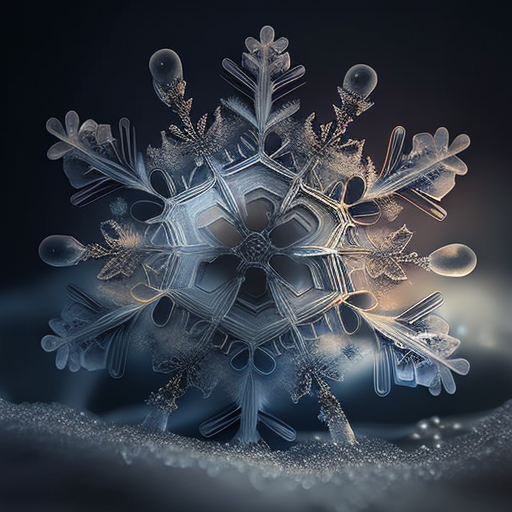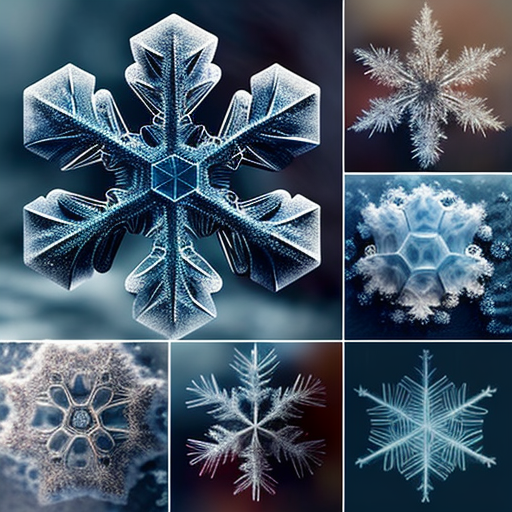Exploring the Science of Snowflakes: How Do They Form and Why Are No Two Alike?
Have you ever wondered how snowflakes are formed and why no two are exactly alike?
The science behind snowflakes is actually quite fascinating!

Snowflakes begin as tiny ice crystals high up in the Earth’s atmosphere. These crystals form when water vapor in the air condenses around tiny particles, such as dust or pollen. As the ice crystals fall towards the ground, they pass through layers of the atmosphere with different temperatures and humidities. These different conditions cause the crystals to take on different shapes and patterns.
One of the main factors that determines the shape of a snowflake is the temperature. At very cold temperatures, snowflakes tend to form simple, six-sided crystals. As the temperature gets slightly warmer, the crystals become more complex, with branches and dendrites (finger-like shapes) growing off of the main crystal.
Another factor that affects the shape of snowflakes is the humidity of the air. Humidity refers to the amount of water vapor in the air. At high humidity, snowflakes tend to be smaller and more symmetrical. At low humidity, snowflakes are larger and more irregular in shape.

So why are no two snowflakes exactly alike? It’s because there are so many variables at play in the formation of snowflakes! The temperature, humidity, and other conditions in the atmosphere are always changing, so each snowflake follows a unique path as it falls to the ground. In addition, snowflakes can bump into other objects or particles as they fall, which can alter their shape.
All of these factors combine to create the stunning variety of snowflakes that we see every winter. So next time you see a snowflake, take a moment to appreciate the amazing complexity and beauty of these tiny ice crystals!
Look into the blog, there’s an activity on making decorative snowflakes now!

